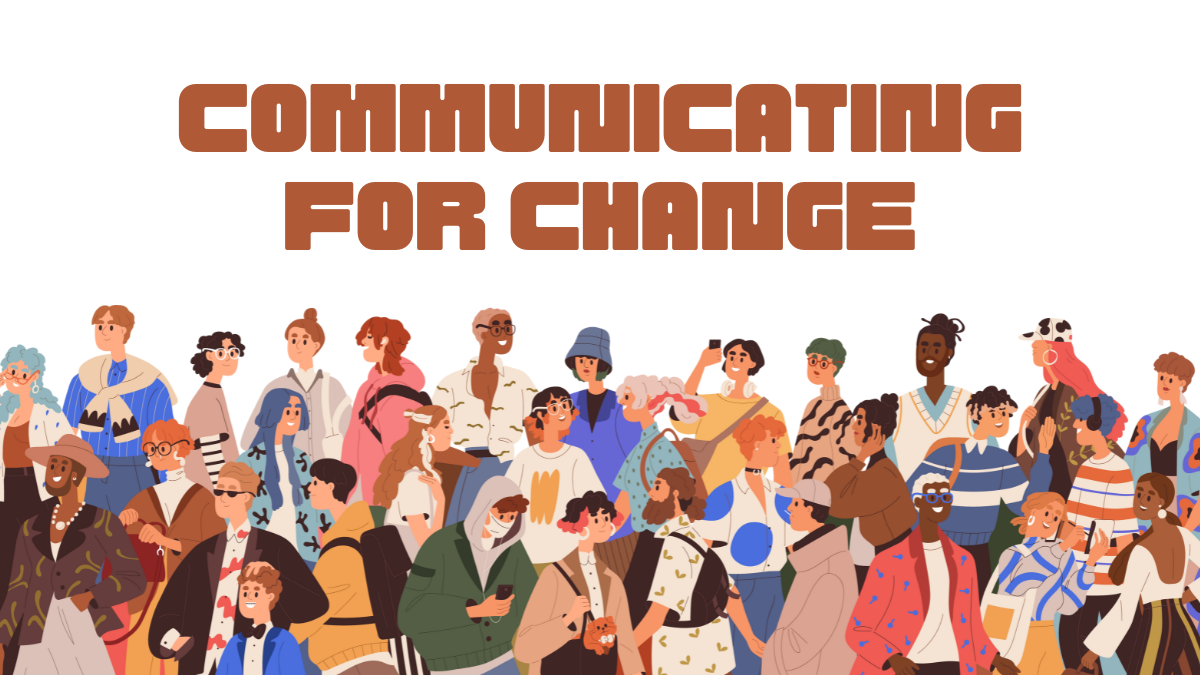As someone deeply committed to fostering change on a global scale, I’ve come to realize that communication is not just a tool but a catalyst for transformation. Strategic communication—the art of delivering the right message to the right audience at the right time—has the power to address some of the world’s most pressing challenges. Through my work as Executive Director with Agri Planet Africa and my broader experiences in the communications field, I’ve witnessed how thoughtful and deliberate messaging can inspire action, bridge divides, and amplify impact.
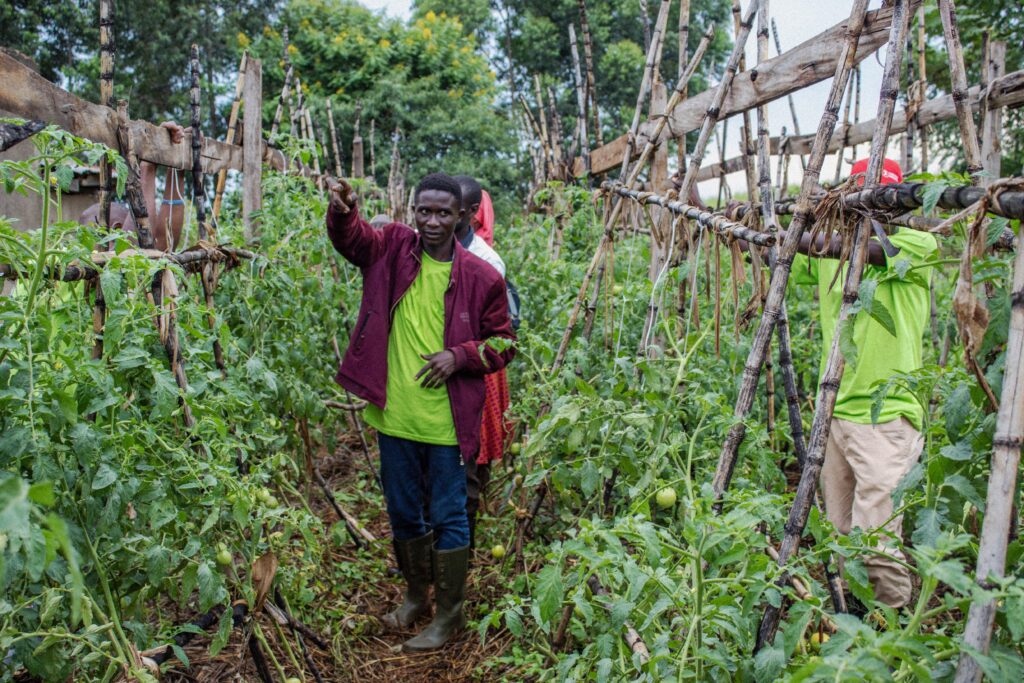
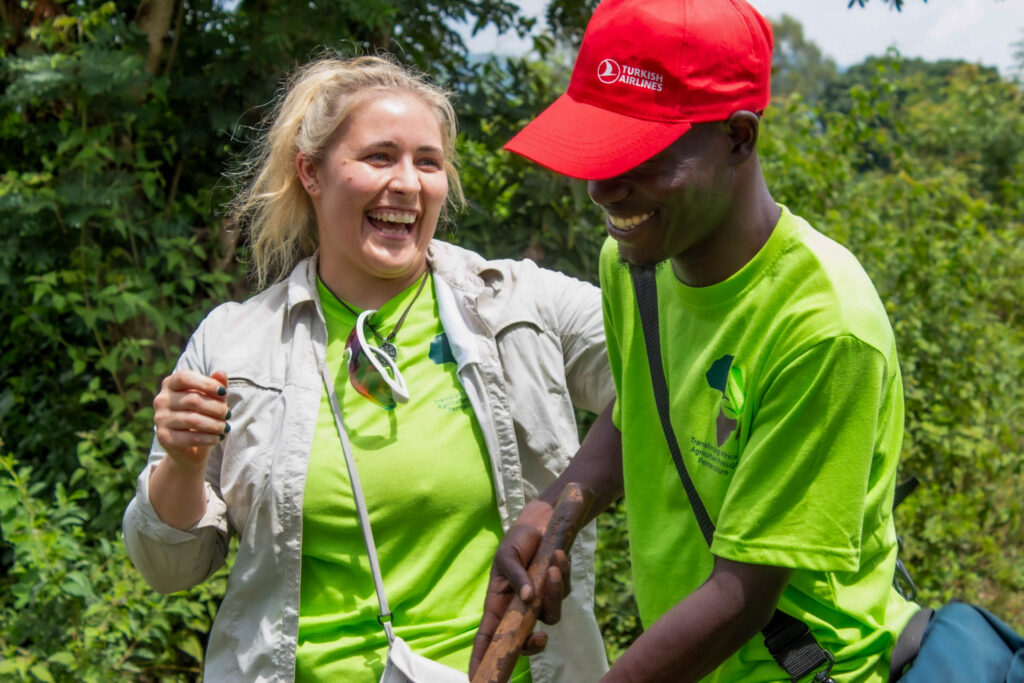
The Role of Strategic Communication in Global Challenges
Global challenges—whether they pertain to food security, climate change, or social inequality—are often complex and multifaceted. Addressing these issues requires more than technical solutions; it demands a shift in mindsets, behaviors, and policies. Strategic communication is key to facilitating this shift. By understanding the needs, fears, and aspirations of diverse stakeholders, we can craft messages that resonate, motivate, and drive change.
For example, at Agri Planet Africa, our mission is to improve agricultural practices and food security in underserved communities. Communicating this mission effectively means tailoring our approach to different audiences—from local farmers to international donors. For farmers, it’s about sharing practical, accessible information that empowers them to adopt sustainable techniques. For donors, it’s about showcasing the tangible impact of their support through compelling stories and data.
Another example of the power of strategic communication came when my friend Sarah Alpar, a UFC fighter, approached me for help. Sarah had achieved her dream of becoming a UFC fighter, but she didn’t have the financial resources to train full-time and pursue her career effectively. Recognizing the urgency of her situation, I developed and managed a GoFundMe campaign with the goal of raising $30,000 by December 1. It was July when we launched the campaign, and to everyone’s amazement, we raised $34,000 in just four days! This incredible achievement was the result of crafting a compelling narrative, strategically sharing Sarah’s story, and leveraging the power of her community—the “Too Sweet Tribe.” Following the campaign’s success, I worked with Jake Paul’s assistant, Marcos Guerrero, to connect him with Sarah, which led to an interview that amplified her story even further.
Additionally, I had the privilege of supporting the Buddha Mind Monastery in Oklahoma City during their transition from their original building to a larger one. I coordinated events and spearheaded outreach efforts to engage the community. Thanks to my outreach, our first meditation class in the new building attracted more than 125 participants, a 91% increase from what the old facility could accommodate. During a 2015 Veggie Festival event, I reached out to local news stations and the public, resulting in record-breaking attendance. Carla Hinton from The Oklahoman even visited the festival and wrote an article on the event, further amplifying the monastery’s visibility and mission.

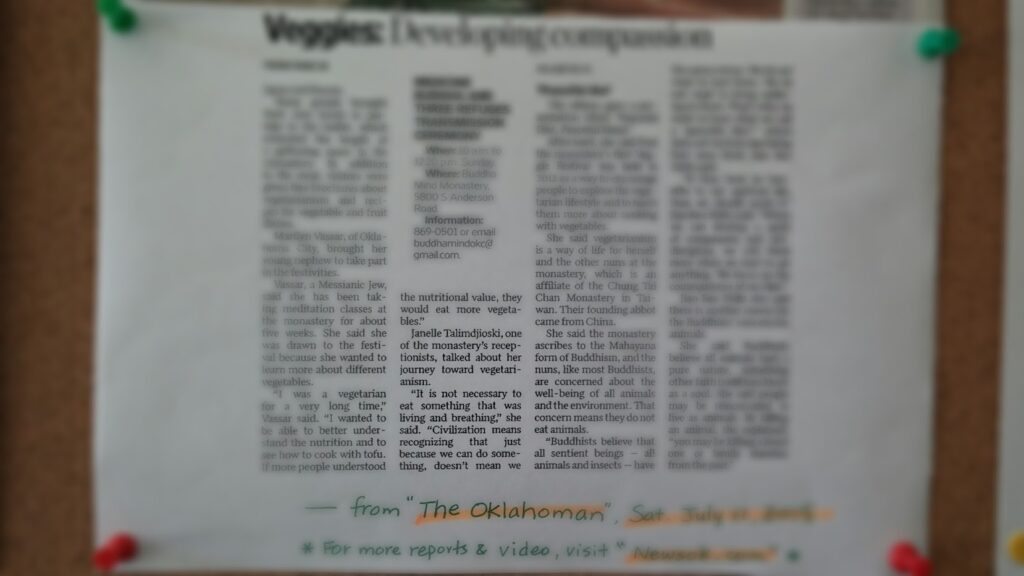
Examples of Strategic Communication in Action
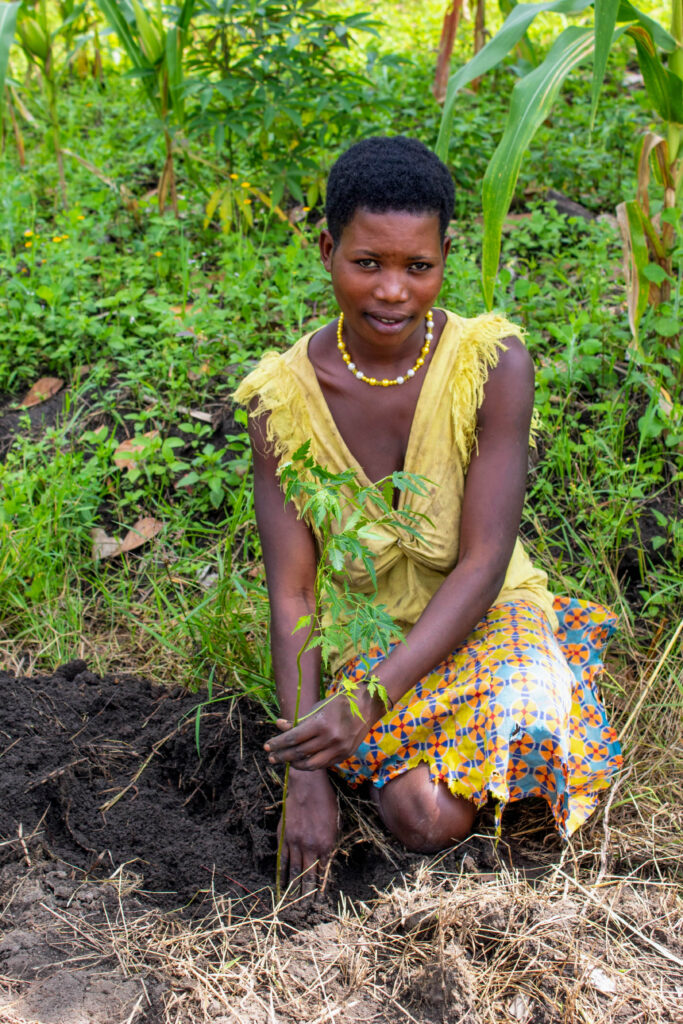
- Storytelling to Inspire Action: Stories have unparalleled power to humanize global challenges. During my work with Agri Planet Africa, I’ve seen how sharing the journey of a single farmer—her struggles, resilience, and eventual success—can inspire others to support our mission. Similarly, Sarah’s story resonated with her supporters and motivated them to rally behind her. At the Buddha Mind Monastery, sharing the transformative power of meditation and mindfulness helped to draw in new participants and supporters.
- Localized Messaging for Greater Impact: In Uganda, where cultural norms and literacy levels vary, we’ve adopted a localized approach to communication. Visual aids, community radio broadcasts, and participatory workshops have proven far more effective than written materials alone. By meeting people where they are, we’ve been able to foster understanding and engagement. Similarly, outreach for the Veggie Festival utilized local news outlets and community connections to boost attendance and engagement.
- Leveraging Digital Platforms for Advocacy: Social media and digital campaigns have expanded our reach beyond what was once imaginable. By creating visually compelling content and leveraging analytics to refine our approach, we’ve attracted a global audience to our cause. The GoFundMe campaign for Sarah is a prime example of how digital platforms can mobilize resources quickly and effectively, just as targeted outreach for the Buddha Mind Monastery drew in new participants to support their mission.
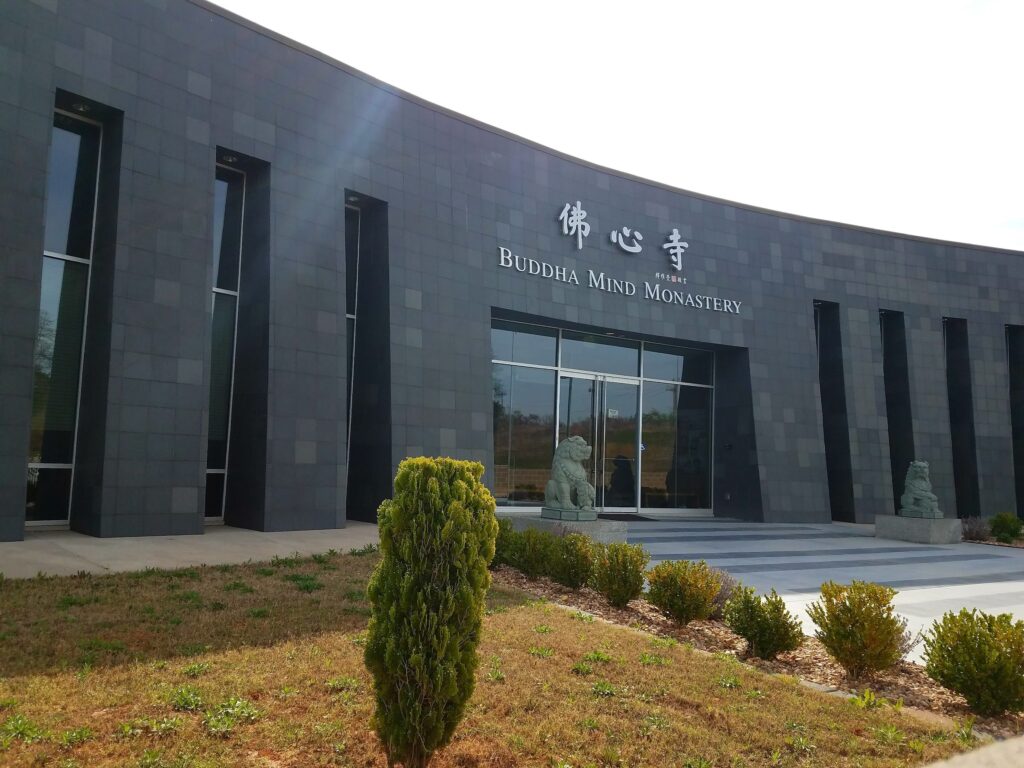
Lessons Learned
Strategic communication is as much about listening as it is about speaking. In every project I’ve been part of, the first step has been to listen deeply—to understand the context, the stakeholders, and the barriers to change. This listening informs not only what we say but also how we say it.
Another crucial lesson is the importance of adaptability. The global landscape is constantly shifting, and what works in one context may not work in another. Strategic communication requires flexibility—the willingness to iterate, experiment, and learn from both successes and failures.
The Broader Implications
The principles of strategic communication extend far beyond any one organization or initiative. Whether addressing climate change, advocating for human rights, or promoting health and education, the ability to communicate effectively is paramount. It allows us to:
- Mobilize Resources: By connecting with stakeholders on an emotional and intellectual level, we can secure the funding and partnerships needed to scale our efforts.
- Build Coalitions: Strategic communication fosters collaboration by aligning diverse groups around a shared vision.
- Drive Behavioral Change: From reducing waste to adopting new technologies, communication is central to encouraging sustainable behaviors.
A Vision for the Future
As I reflect on the role of strategic communication in my career, I’m filled with hope for its potential to create lasting impact. By investing in this discipline, we can turn awareness into action, challenges into opportunities, and aspirations into realities. My vision is to continue using communication to not only solve problems but to build a more equitable and sustainable world.
Strategic communication is not just about transmitting information; it’s about transforming lives. It’s about giving voice to the voiceless, illuminating the path forward, and inspiring collective action. In a world brimming with challenges, it’s a powerful reminder that change begins with a message—and that message begins with us.

